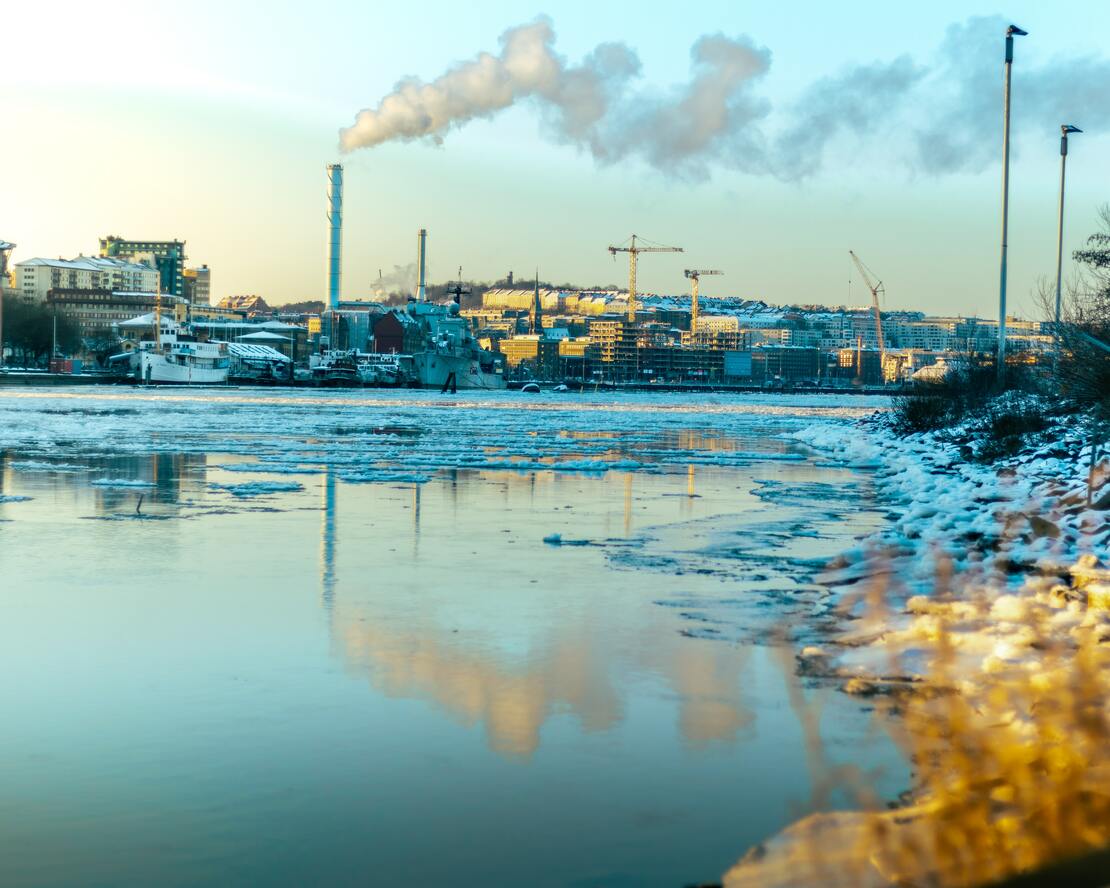New environmental requirements from the EU – focusing on water pollution

Several industries can expect stricter environmental requirements from the EU when the Industrial Emissions Directive (IED) is revised. EU is dissatisfied with efforts to combat water pollution.
The Industrial Emissions Directive (IED) sets guidelines and regulates pollution, such as to water and air, from various industries. The directive also determines how different industries should limit these emissions through the use of Best Available Techniques (BAT).
Updating and Tightening Regulations
The directive is set to be updated, and among the changes are clearer guidelines on emission limits, increased public access to information on which industries emit what, and stricter requirements for several industries.
In the BAT Reference Documents (BREF), you can find an overview of the industries currently covered by the scheme, including:
- The waste industry
- Food industry
- Slaughterhouses
- Dairies
- Iron and steel production
- Mineral industry
- Chemical industry
- Textile industry
In Norway, the directive has been in effect since 2016 when it was incorporated into Norwegian pollution and waste regulations.
Mivanor's Technology is Considered BAT
In short, the regulations should specify how industries should regulate their emissions using available technologies. They should also choose the best available techniques to reduce their emissions.
- Mivanor's technology aligns with what is proposed in the documents as the Best Available Techniques for various industries. We can assist in meeting several of the emissions requirements set for BAT, says Robert Tarasz, CEO of Mivanor.
Mivanor's technology, MivaMag, has been approved as BAT by the County Governor of Nordland. Different industries should aim to find technological solutions that meet these requirements. Tarasz emphasizes that the IED highlights several solutions that Mivanor currently provides, including:
- Monitoring of water emissions
- Techniques for pre-treatment and prevention of contaminated water emissions, e.g., through absorption, coagulation, and flocculation
- Water reuse and more efficient resource utilization
- Energy efficiency
Not Enough Has Been Done to Reduce Water Pollution
Now, the IED is set to be revised, and additional requirements will be added to those that already exist.
The EU states that the IED has significantly reduced emissions of pollutants into the air and, to a lesser extent, water emissions.
Tarasz believes many companies should now assess their water emissions and the requirements imposed on them.
- We already see that many companies find it challenging to keep track of the requirements imposed on them and how they should comply with and prepare for existing or upcoming environmental requirements. Many should prepare and contact a water purification technology provider to take water samples, determine their emissions, how they can be limited, and which regulations they are subject to, says Tarasz, adding:
- The clear message from the Norwegian Environment Agency is that it pays to transition early.
Many Legal Changes Simultaneously
These changes are in addition to other tightening of regulations, such as the wastewater directive and landfill directive, as part of the EU's Green Deal. For example, the aquaculture industry and various stages in the value chain face new environmental requirements due to the revision of the Pollution Control Act, which is set to be implemented in winter 2023.
Sjømat Norge (Seafood Norway) is among those who have been critical of the fact that the industries have not been better included in the process. In the Norwegian Parliament, there has been expressed uncertainty about whether many companies can meet new requirements for choosing BAT technologies.
The new directive is planned to be completed by 2024, and then each country's authorities will have 18 months to implement the changes.
Some Key Points in the Proposed Revised IED:
- The scope is expanded to include the largest cattle production units. The largest units for pigs and poultry are already included in the current directive, but the threshold is lowered, and more units will be included.
- Include mining activities and large-scale battery production.
- Industrial plants must assess whether they can achieve the strictest emission levels of BAT-AEL (where this is specified as a range in BAT conclusions).
- There is room for flexible permits for industries wishing to test new and innovative technologies. An "Innovation Centre for Industrial Transformation and Emissions" (Incite) will be established.
- By 2030 or 2034, industries must create plans to show that they are on track to achieve the EU's 2050 ambition of zero pollution, circular economy, and climate neutrality.
- New BAT conclusions may include binding requirements for resource utilization.
- Synergies between reduced pollution and decarbonization will be systematized in BAT conclusion decision processes. Energy efficiency will become an integral part of permits.
- Changes have been proposed to specify how emissions to water via external wastewater treatment plants (indirect emissions) should be assessed when setting emission limits.
- Any exceptions from BAT-AEL (binding emission levels) shall be reviewed every four years.
- The Commission will update the "European Pollutant Release and Transfer Register" to the "EU Industrial Emissions" Portal, which will contribute to transparency and provide citizens with better access to data regarding emissions from European industry.
Source: Norwegian Environment Agency